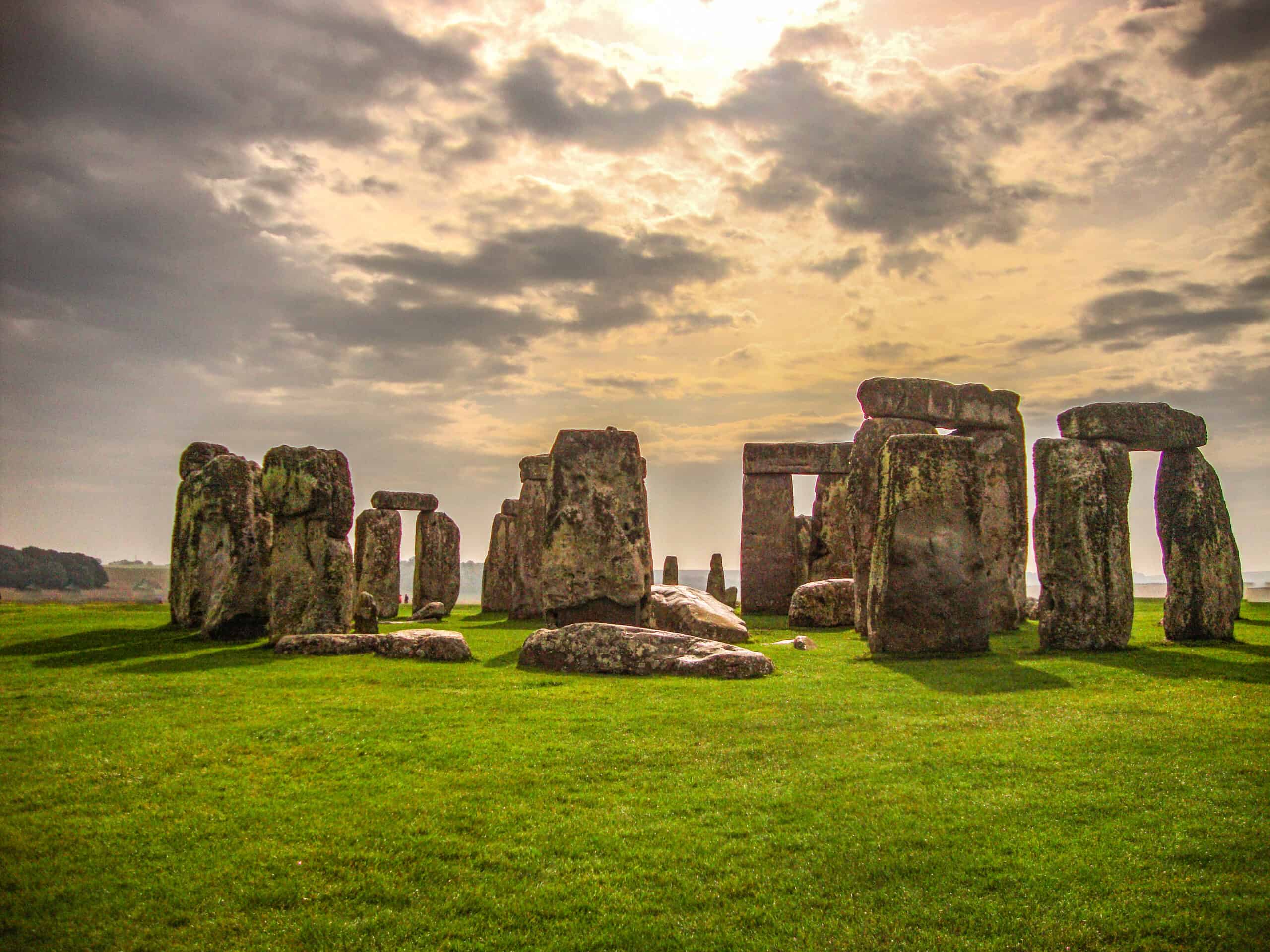



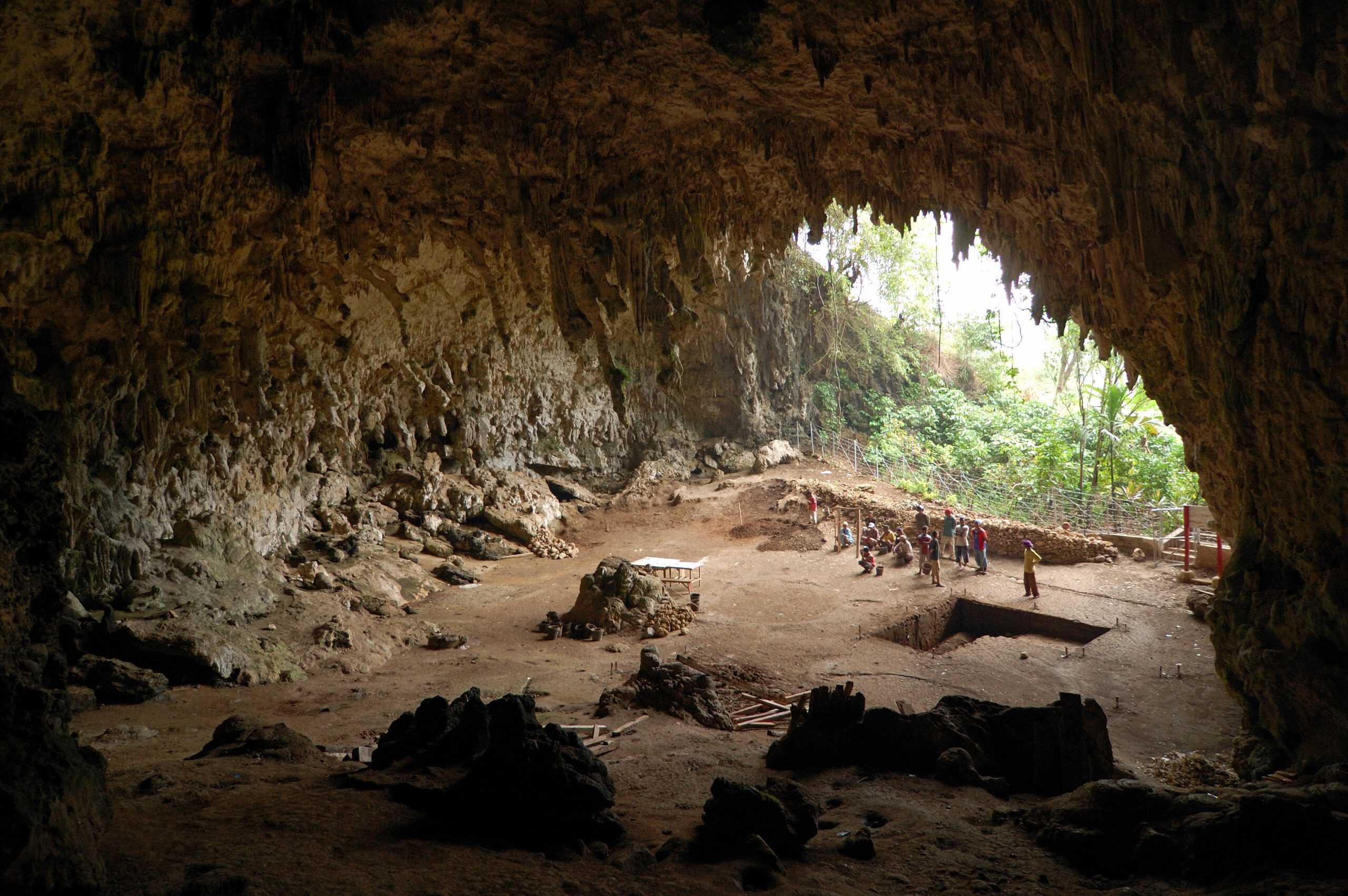
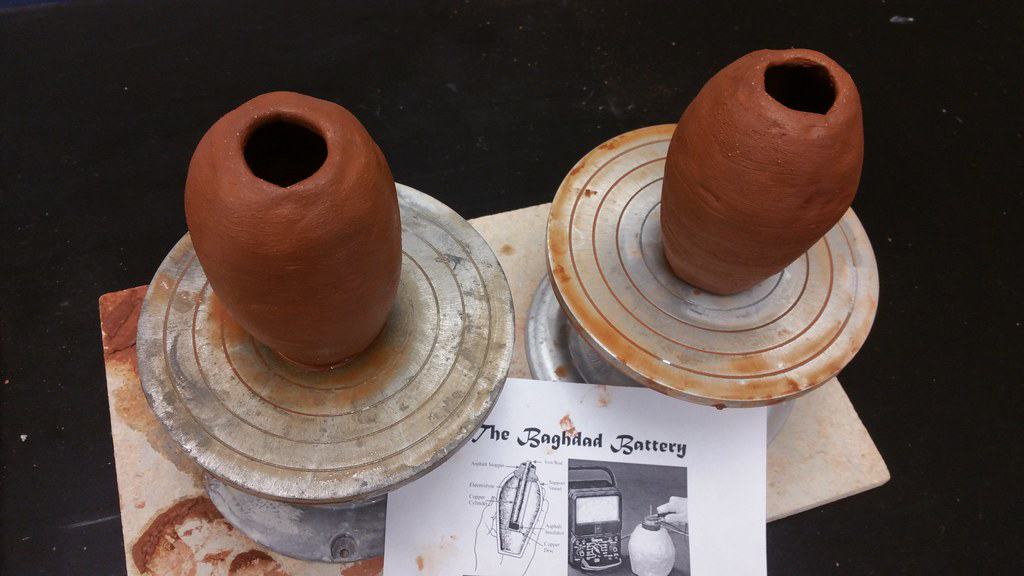

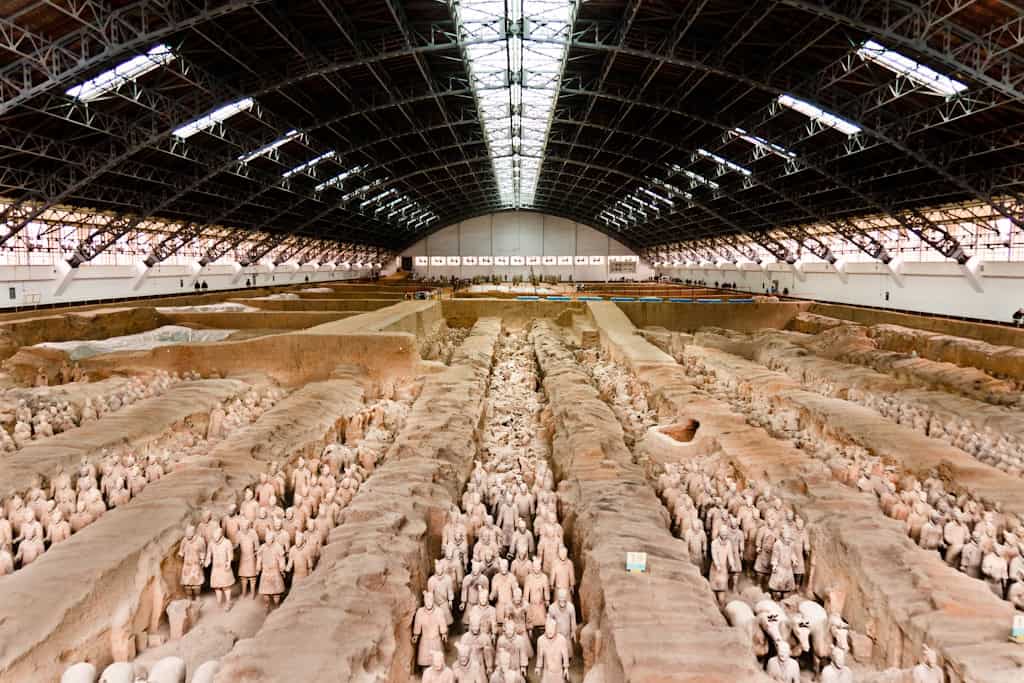
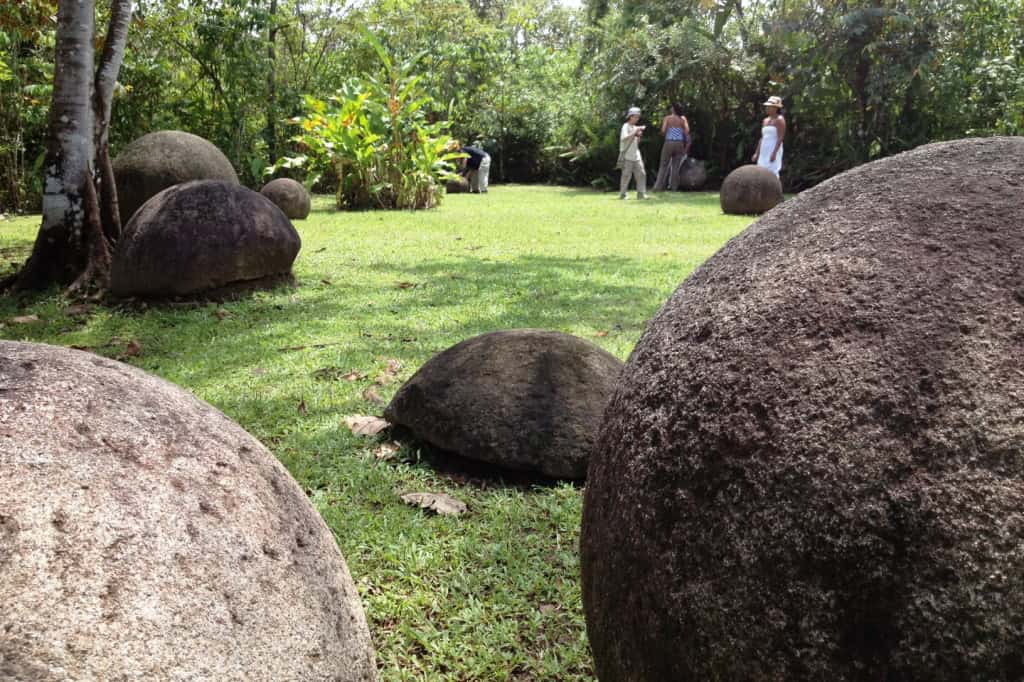
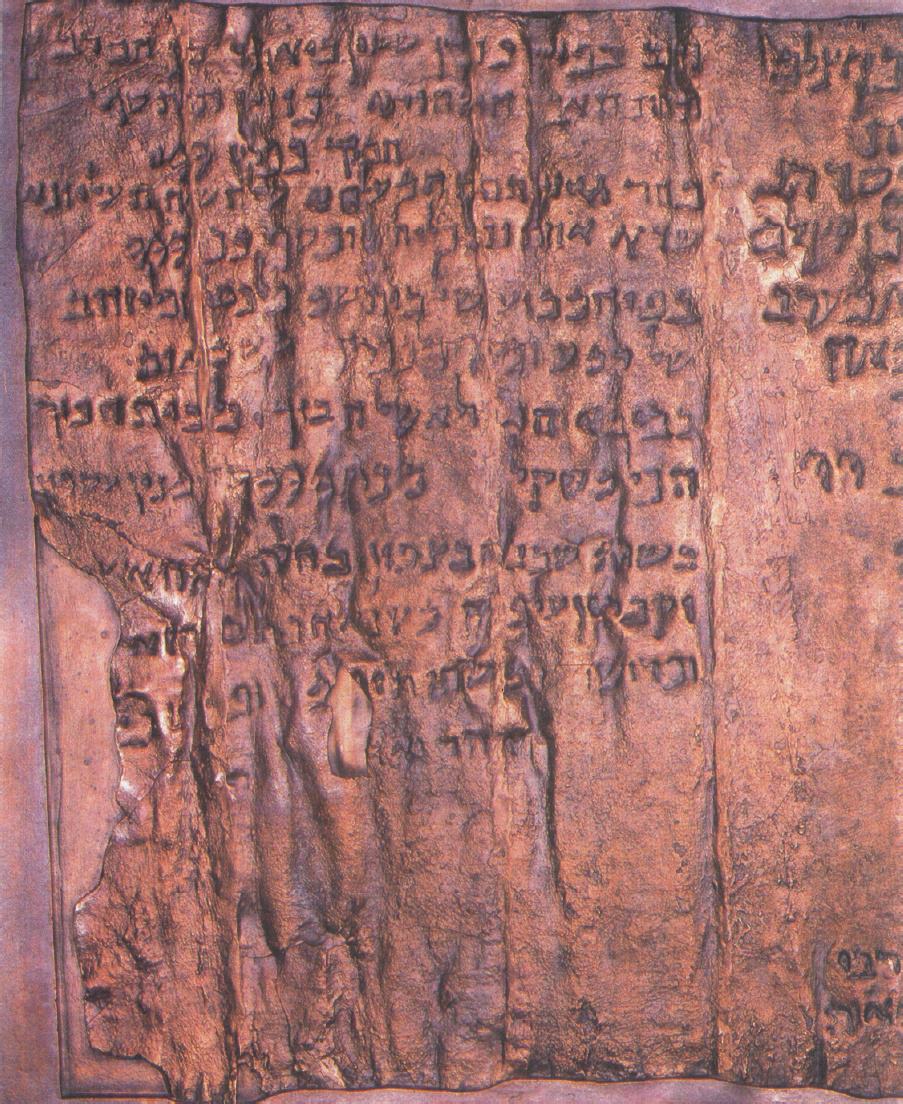
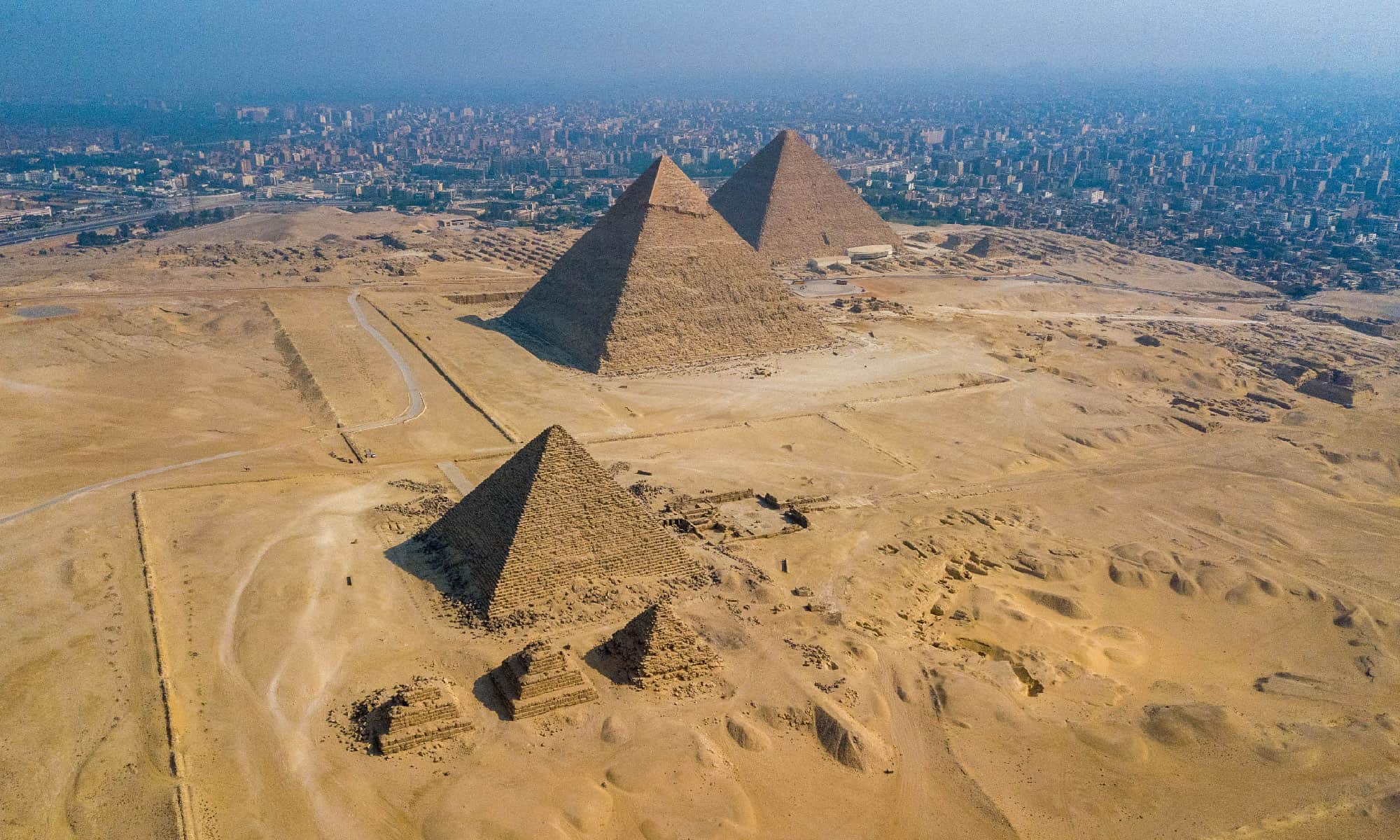
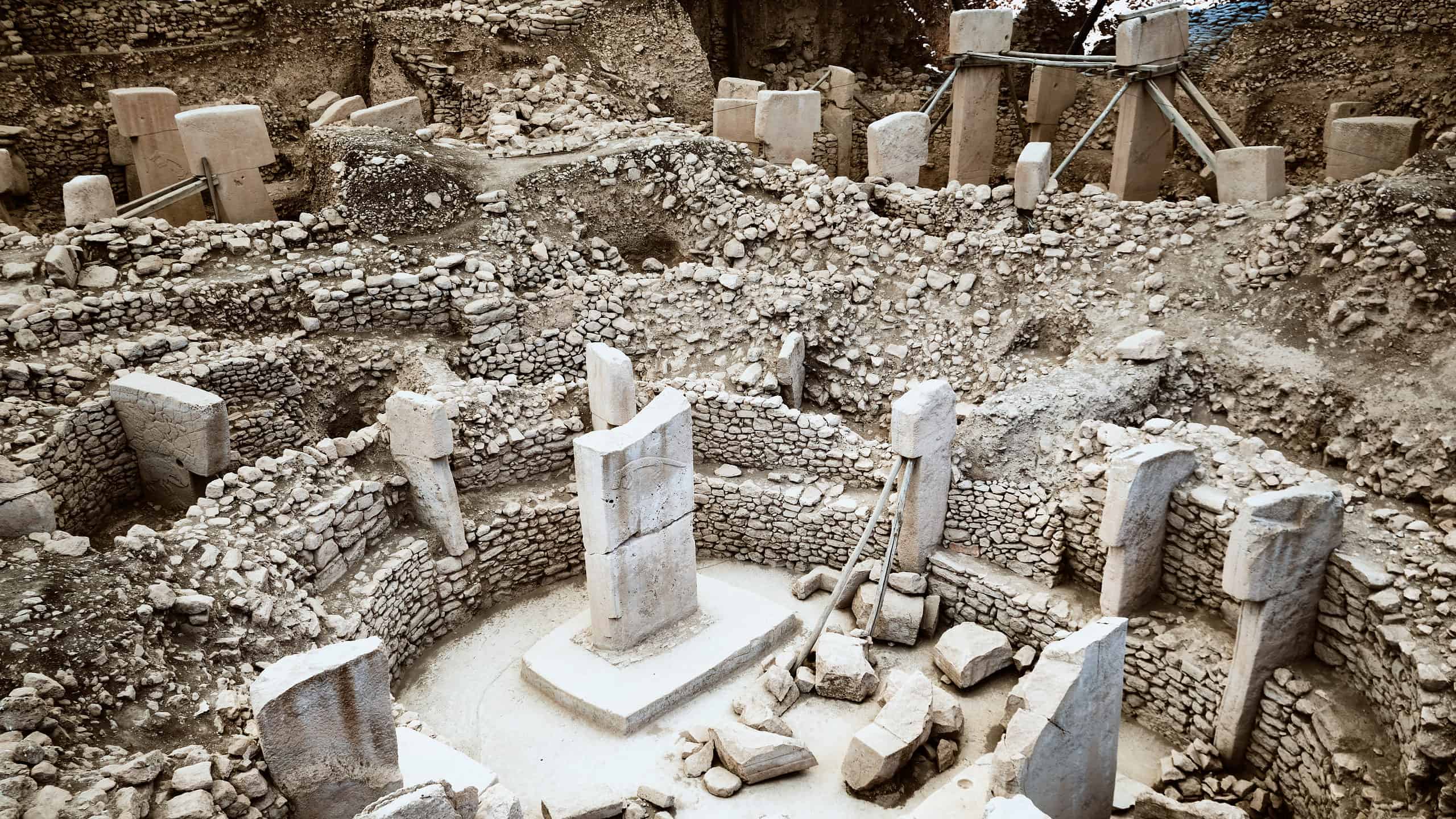
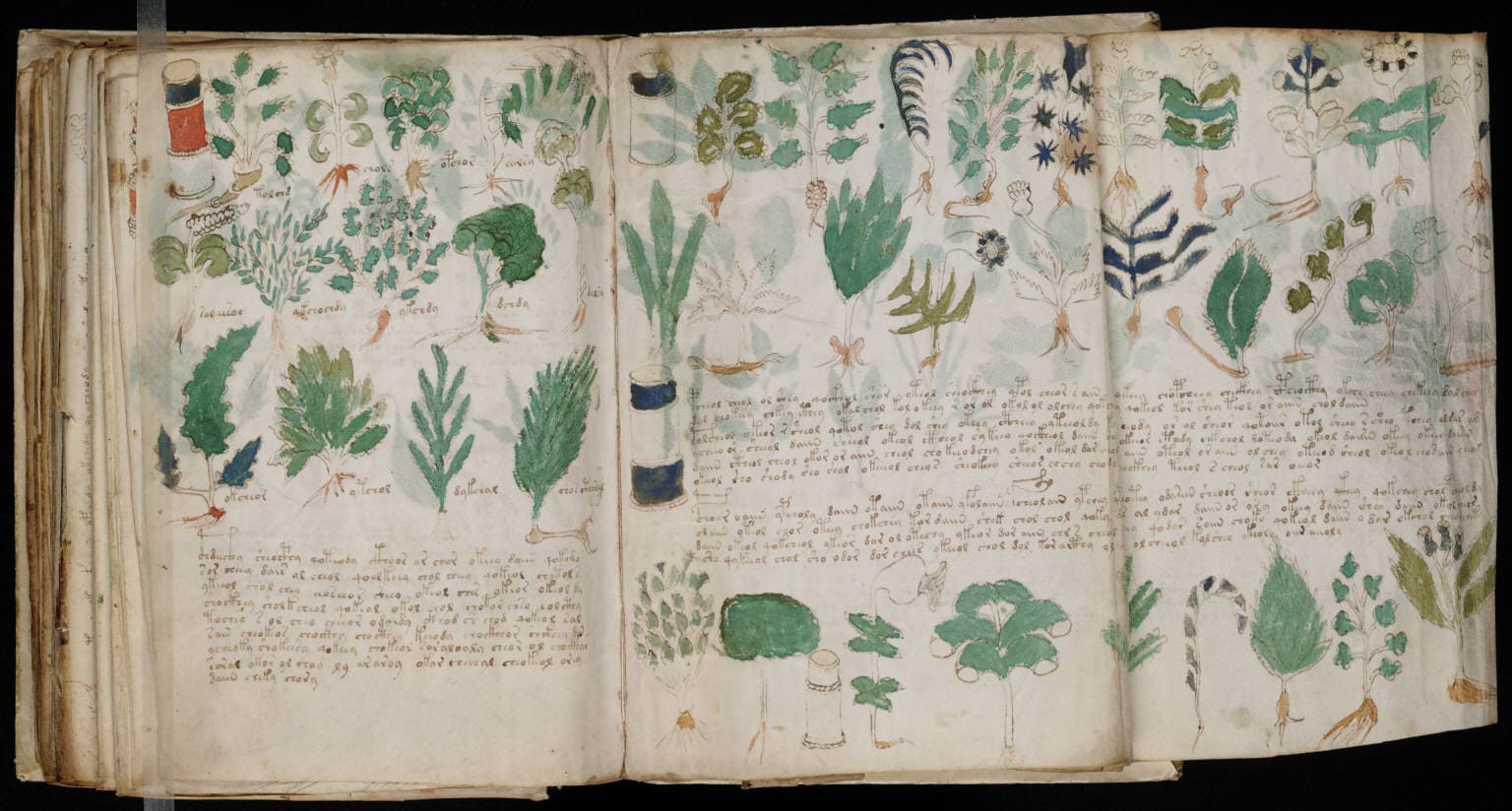
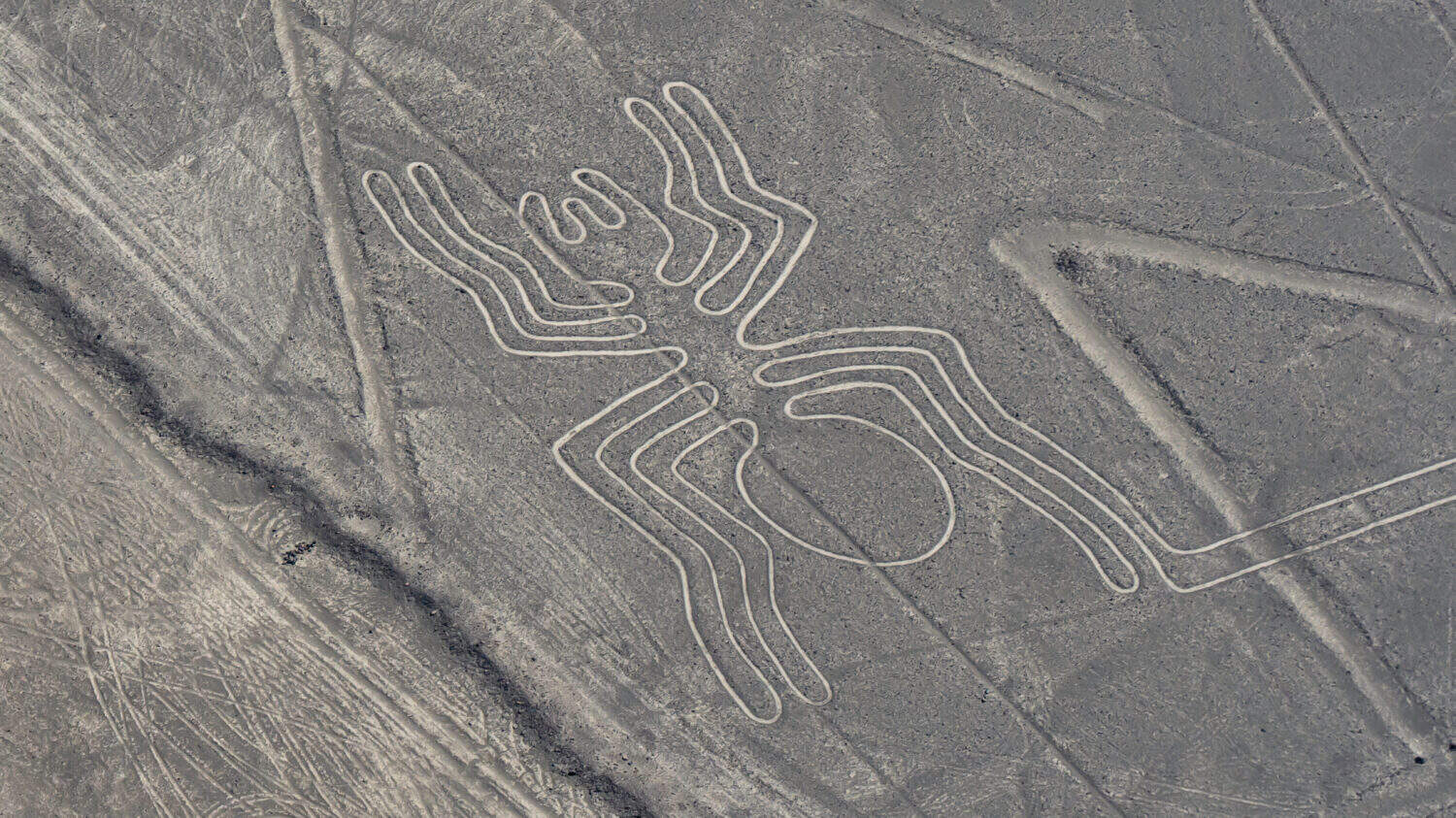

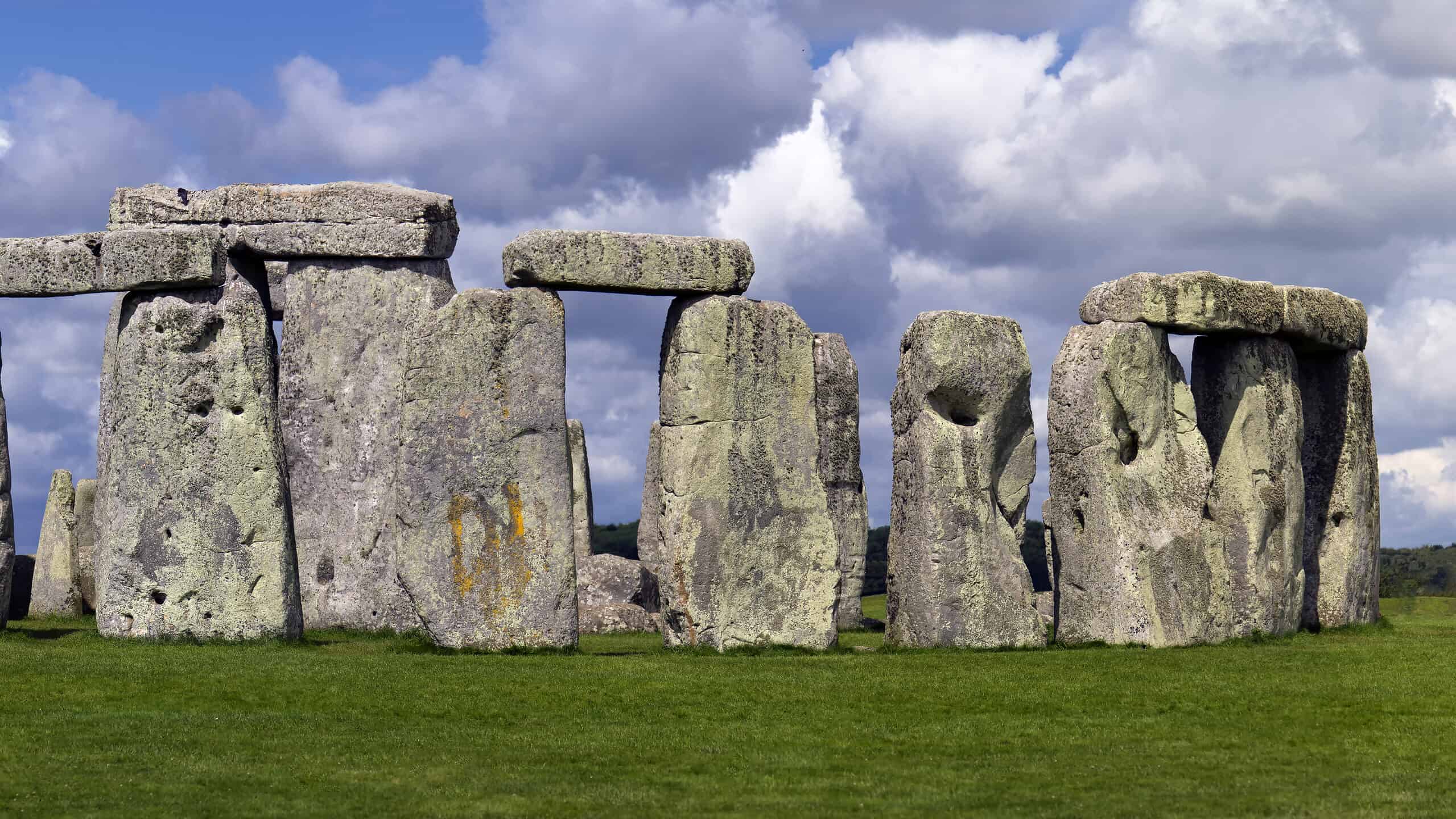
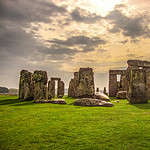
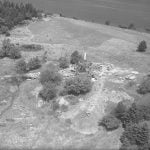








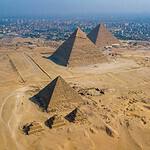


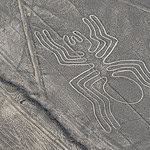
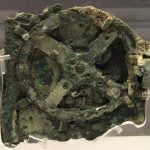

Archaeological Finds That Stump Historians Today
The history of the planet and the civilizations that have lived on it are among life’s greatest mysteries.
People have roamed the Earth for thousands of years, and some of the most incredible relics from past civilizations serve as reminders of this.
These objects and locations give us a sense of how people lived, worked, and survived. Unfortunately, not every archaeological find has an easy explanation, as some still defy historians' understanding.
15. Oak Island Mystery
The Oak Island mystery, located on Oak Island, near Nova Scotia, Canada, remains one of the most unusual archaeological finds, and it is still stumping historians. Ever since the 18th century, historians have attempted to excavate the site, as everything from Shakespearean manuscripts to the Holy Grail is rumored to be buried here. So far, the only items discovered date back hundreds of years, though the area is still ripe for additional discovery.
14. Piri Reis Map
The Piri Reis map, put together by an Ottoman admiral in 1513, was discovered in 1929 at a palace in Istanbul, and it has puzzled historians ever since. The accuracy of the South American coast on the Piri Reis map has led to speculation that it utilized more advanced location data than was thought to be available at the time, though most historians dispute claims that the map depicts Antarctica.
The accuracy of the map has also been speculated to be the result of lost ancient knowledge or even extraterrestrial influence.
13. Sanxingdui Gold Mask
Discovered in 2021 at the Sanxingdui site, the 3,000-year-old gold mask weighing 280 grams remains a true mystery. While it was likely used during the Shu-Han period in China, its significance is unclear, especially since it was found alongside bronze statues, some over 8 feet tall.
12. The Hobbits
This may be one of the strangest finds in archaeological history as Homo Floresiensis or “The Hobbits” as they are nicknamed are believed to be an extinct species of small humans. Believed to predate modern humanity by 50,000 years, these individuals would have stood 3.7 feet tall, almost two feet shorter than the average height of a contemporary male.
Scientists believe these individuals lived as far back as 1.27 to 1 million years ago, but their existence remains an incredible mystery.
11. Baghdad Battery
Wilhelm Konig is credited with the remarkable archaeological discovery of the Baghdad Battery in 1936. Located near Baghdad, Iraq, the discovery includes a clay jar, a copper cylinder, and an iron rod that suspiciously feels like a battery cell.
Historians date the objects to between 250 BC and 650 AD, which is far earlier than the invention of the first modern battery in 1800. The intended use of this object in ancient Mesopotamia remains a true mystery.
10. Moai Statues
Among the most recognizable statues on the planet, the Moai Statues of Easter Island have baffled scientists for hundreds of years. First discovered in 1722, archaeological study wouldn’t begin until the 20th century to carefully understand how these 900 statues, built between 1250 and 1500 CE, came to be. The biggest mystery is how these statues were transported and erected, as the Rapa Nui people used only simple stone and wooden tools during this period.
9. Terracotta Army
The Terracotta Army was discovered in 1974 by farmers digging in Shaanxi Province, China. It is considered one of the most significant archaeological finds in history. More than 8,000 life-size clay warriors were buried with China’s first emperor, Qin Shi Huang.
Unfortunately, the tomb of Huang remains a complete mystery, as rivers of Mercury make the area inaccessible. This leaves historians to speculate as to what other treasures might be discovered inside the tomb.
8. Costa Rica Spheres
Originally found by workers in the 1930s who were clearing land for banana plantations, the perfectly cut spheres in Costa Rica remain a significant mystery. Over 300 sphere balls have been found, some as small as a few centimeters and others over 6.6 feet in diameter.
Some theories indicate an astronomical purpose, while others believe the spheres indicated important sites to the Diquís people, who occupied the land when the spheres were cut but have since gone extinct.
7. Copper Scroll
Discovered in 1952 among the findings of the Dead Sea Scrolls near Qumran, Israel, the copper distinguished this scroll from other discoveries made with parchment or papyrus. The Copper Scroll lists the locations of 64 hidden treasure sites, but none of these treasures have ever been found. The discovery of this metal scroll remains one of the region's greatest historical mysteries and continues to puzzle historians.
6. Great Pyramid
Arguably one of the best-known archaeological finds of the modern era, the Great Pyramids remain much the world does not know about them. Built more than 4,500 years ago near what is now known as modern-day Cairo, ancient Egyptians constructed the three pyramids, though the exact methods used for their construction are still debated.
The lack of evidence has helped create one of the world’s most popular conspiracy theories, with many believing aliens built the pyramids.
5. Gobekli Tepe
Initially examined by anthropologists from the University of Chicago and Istanbul University in the 1960s, Gobekli Tepe was thought to be little more than an abandoned medieval cemetery.
Located on a hilltop in southeast Turkey, the structures built or dragged here weigh as much as 60 tons.
Carbon dating on the site indicates it is 6,000 years older than Stonehenge, even before the invention of pottery and tools. The immense scale of the site has left everyone who has studied it puzzled and unsure of its origin.
4. Voynich Manuscript
First discovered in 1912 by rare book dealer Wilfrid Voynich, the manuscript has unknown origins. Passed down since the 15th century, the manuscript's language is still unknown, and it also contains astronomical diagrams and nude figures in pools. Even with plenty of scientific effort to decrypt the cipher, there is no agreed-upon belief about what the manuscript says or, better yet, who is responsible for creating it.
3. Nazca Lines
Situated 200 miles southeast of Lima, Peru, are the Nazca Lines that have made scientists scratch their heads since they were discovered in the 1920s. Better known as massive geoglyphs, these lines are etched into the desert region and believed to have been created between 500 BCE and 500 CE.
Today, historians are unsure whether these lines served religious, astronomical, or agricultural purposes, or how the Nazca people could create such precise designs with rudimentary tools and no aerial perspective.
2. Antikythera Mechanism
Discovered in 1901 by sponge divers off the coast of the Greek island of Antikythera, the Antikythera Mechanism is believed to be one of the world’s first “computers.” The prevailing theory is that the object was used to predict astronomical positions, but who developed it and why remains a complete mystery regarding this 2nd-century BC device.
1. Stonehenge
Located about 88 miles southwest of London, Stonehenge may be one of Earth's most famous archaeological finds. Everyone, from historians to scientists to archaeologists to everyday people, have long been fascinated by this unique formation of rocks.
Speculation about the site suggests it could have been a burial ground, a temple, a calendar, or something else entirely. Until concrete answers are found, this ancient location will continue to puzzle researchers, as it has since it was first studied in the 17th century.
